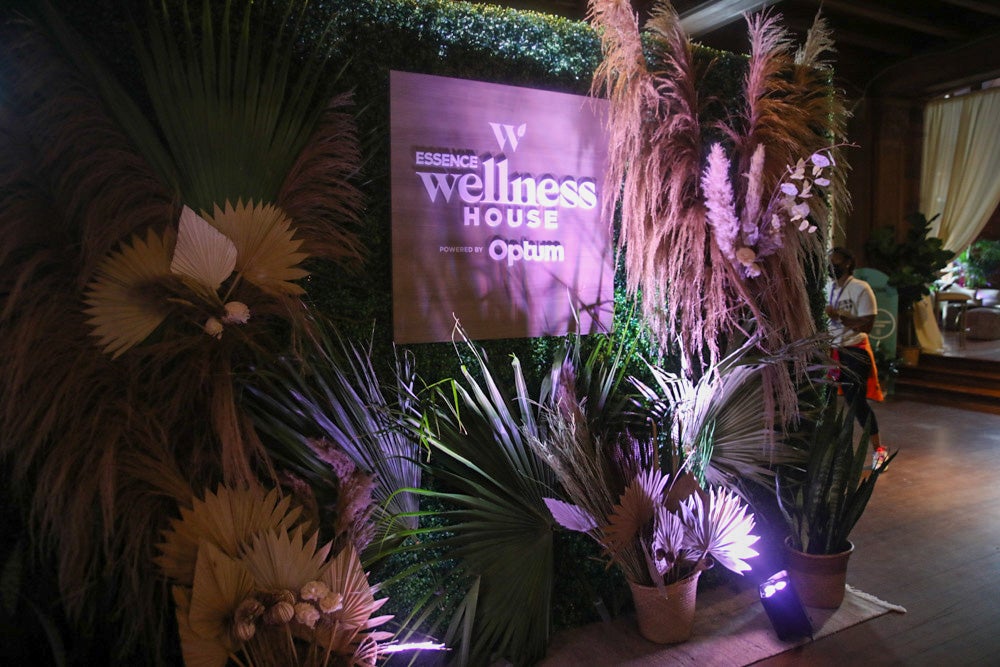
Toxic relationships can take a toll on your mental and emotional wellbeing and often leave invisible scars. One way to heal from them and make room for healthier relationships is through relearning how to love yourself.
ESSENCE Wellness House panelists Ashley Thomas and professor, speaker and author C. Nicole Swiner, MD had an uplifting discussion about “Restoring Your Self-Love After Toxic Relationships” to teach people how to do this effectively. The experts equipped the audience with integral advice on identifying toxicity, building yourself up after experiencing it, and how to not be the toxic one in a relationship.
During the discussion, Thomas, who is the founder of The Hive Community Circle in Columbia, South Carolina, a survivor network seeking to prevent physical and sexual abuse in relationships for young women and teen girls of color, suggested starting with a self-assessment. The goal? To understand “what love looks like to you and consider who taught you this,” she said.
The Hive founder, who has supported women and girls in the areas of peer advocacy, economic relief, holistic services, individual counseling and healing circles, then recommends paying attention to what draws you to toxic relationships. Specifically, she says broaden your assessment to include the other individual and assess how you feel in the relationship as well as how you feel when you walk away from that person.
Swiner, who specializes in family and general medicine in Durham, North Carolina, raised an important point, which is that toxic relationships can also be found with family members, friends and colleagues. And as hard of a pill as it may be to swallow, sometimes, the toxic person may be you.
Everyone needs the grace and space to be human, but in order to avoid being the toxic factor, Swiner encourages us to “be self-aware, self-assess [your] actions honestly and if you are having a tough time being your best self and present in the moment, the responsibility is on you to communicate that.”
So, after experiencing a toxic relationship of any kind, what does restoration look like? Here are a few answers from both panelists.
1. Acknowledging that you survived the toxic experience.
2. “Recognize you are not the cause of harm to yourself,” Thomas said.
3. “You may find personal healing by talking with your primary care provider,” Swiner said. “This person can help you address physical harm you may have experienced and/or offer a referral for therapy.”
4. If there was a physical assault and you feel safe to do so, Swiner highly recommends contacting the authorities “so justice can be served.”
5. If you are a person of faith, faith-based support can also be an essential pillar.
For more on this panel, stay tuned for video of the full conversation, coming soon.